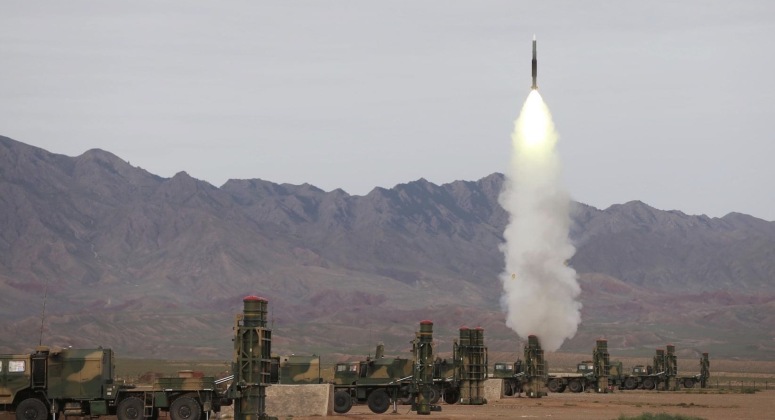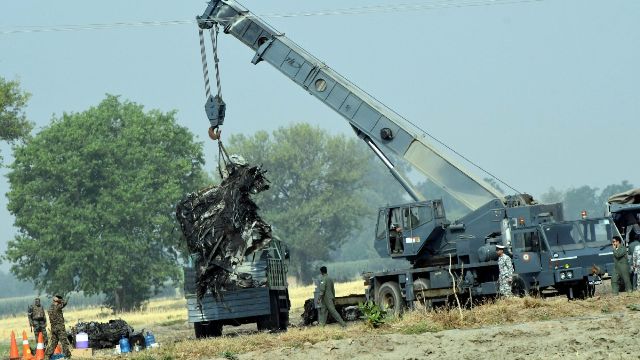China's HQ-9B Air Defense System in Iran: A Deal in Exchange for Oil
Published: Jul 08, 2025
Following its recent conflict with Israel, Iran has acquired China’s advanced HQ-9B long-range surface-to-air missile (SAM) system, according to a report by the Middle East-based news outlet Middle East Eye. Citing Arab intelligence sources, the report—published on July 7, 2025—states that the delivery was part of a barter-style agreement in which Tehran supplied oil to China, a known strategy to circumvent U.S. sanctions.
Although the exact number of HQ-9B systems Iran received remains undisclosed, and neither China nor Iran has officially confirmed the deal, Arab officials said that the United States has already been informed about Iran’s post-war defense reconstruction plans. The inclusion of the HQ-9B is expected to significantly enhance Iran’s air defense capabilities, particularly to offset damage to military infrastructure caused by Israel’s 12-day air campaign.
The HQ-9B system, developed by China’s Precision Machinery Import and Export Corporation (CPMIEC), is based on Russia’s S-300PMU1 technology but integrates Chinese radar and electronic systems. It has a maximum range of 260 kilometers and can intercept targets at altitudes up to 27 kilometers. Each HQ-9B battery includes a command post, HT-233 S-band radar, target acquisition radar, and six to eight missile launching vehicles (TELs).
Iran’s current air defense network is a mix of Russian, Chinese, and domestically produced systems. These include the S-300PMU2, Bavar-373, Arman, Khordad, Sayyad, Rad, Mersad, Kamin, Azarakhsh, and various short-range systems and MANPADS. The addition of the HQ-9B provides Iran’s defense grid with greater depth and multidimensional capabilities, especially against stealth aircraft and high-speed missile threats.
Through this technological acquisition, Iran has sent a new message to its regional rivals: even after war, Tehran has not fallen behind in defense—it is, in fact, more prepared.


